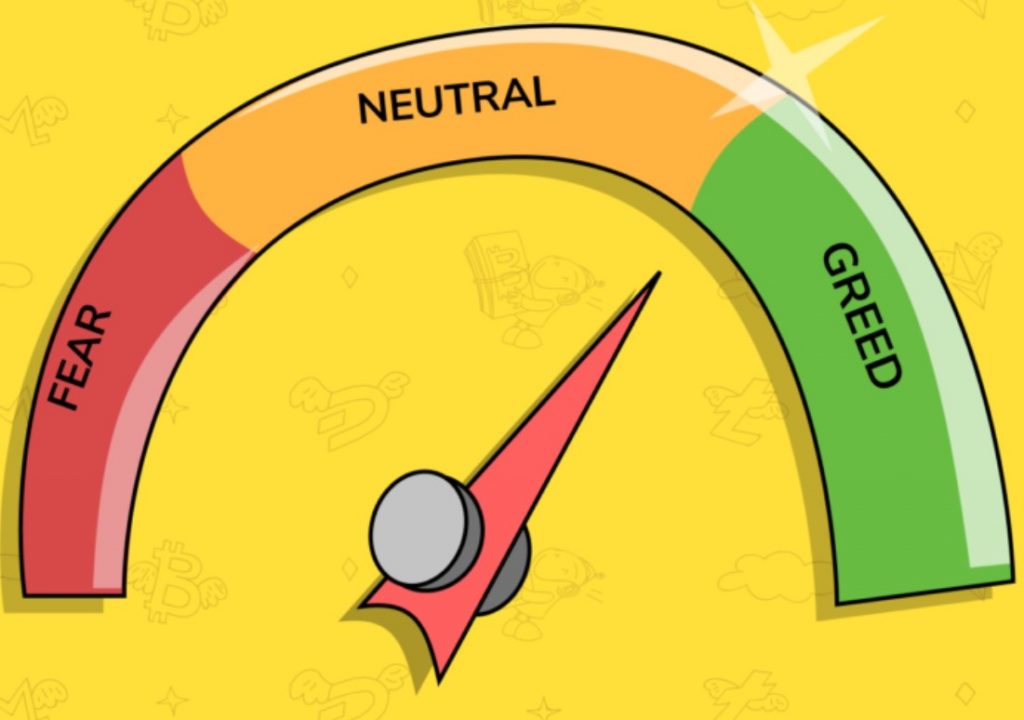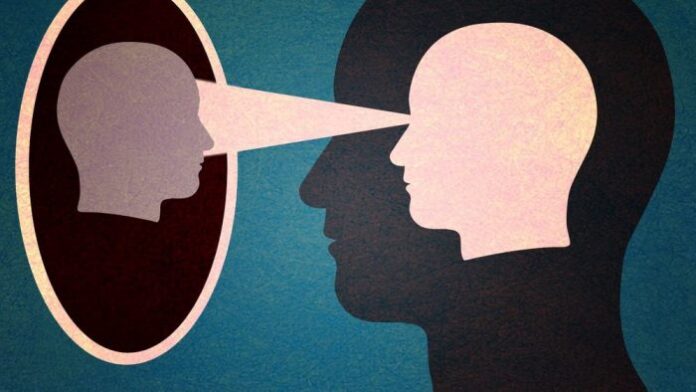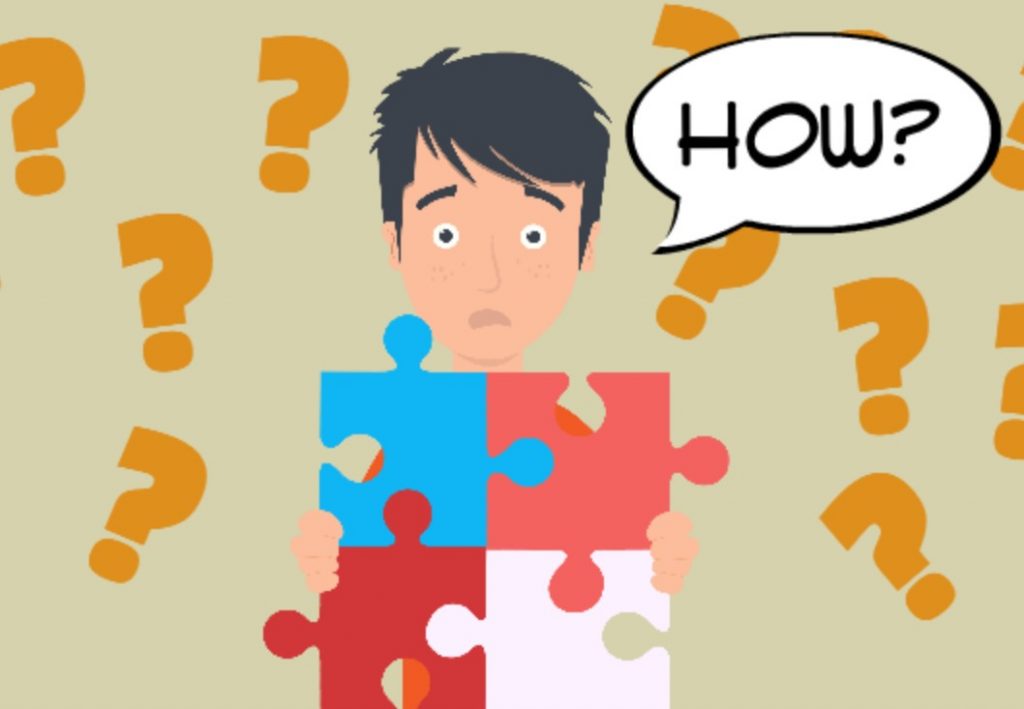If you feel a loss of motivation and lack of inspiration, it is not an autumn depression or a midlife crisis. It is the “plateau effect” that has hit you.
The plateau effect is a phenomenon that people encounter on a regular basis in all areas of their activities. It can be described as reaching a level where previous efforts are no longer conducive to progress in a particular area of activity. It can have a devastating effect on careers and learning – more than half of the students who have experienced the plateau effect during their studies have dropped out.
To one degree or another, all people are susceptible to the formation of the plateau effect in their activities. Researchers of this phenomenon, call the plateau effect “embedded in the genetic code,” and it can manifest itself in both body and brain activity.

The Plateau Effect in Life
According to Writemypaperbro.com approximately 40% of the students experiencing the plateau effect in their studies were educated in group classes, while people who took individual courses had the problem only 13% of the time. Thus, the plateau effect may arise from an imperfectly structured curriculum.
Most often, students reported a plateau effect three months, six months, a year, and two years after the start of training. It occurs during the transition to the next level of education and correlates with the educational curve. It is possible that the time between key points increases exponentially, suggesting that the next encounter with the plateau effect may occur 4 years after starting.
Lack of motivation is one of the components of the plateau effect, from which, one way or another, a person rolls right away or sometime after stopping development.
Loss of motivation requires new information. It can be a new inspiration, a training program, a teacher, a change of mind about oneself, but without a change, motivation will not reappear. It is important to trace what caused its loss, then it will help you find ways around this in the future.
The plateau effect can be indicated by eight characteristic problems. And this is how they can be solved.
1. The problem of habituation

In other words, the body gets used to this or that type of medication, which causes them to stop working. The training program becomes a repetitive pattern, which reduces concentration and interest.
Solution: as with drugs, variety can overcome the problem of habituation: a different approach to the activity, other exercises, working through the problems “from the other side.
For example, to solve this problem in fitness classes, the CrossFit system was developed, which does not allow the muscles to get used to the same type of exercises, and includes a game element. Engaging in mental work, a person faces similar problems. To prevent this from happening, it is sometimes necessary to introduce variety.
2. The problem of greed

A person prefers to choose those solutions that seem optimal at the moment and ignores something more useful in the long run.
Solution: a broader view of the process. It is important to understand that the resources we may spend on the momentary achievement of an intermediate goal can be used to optimize our work as a whole, which will have a positive impact on the result.
This is well illustrated by the following situation: two people in a metropolis need to get from point A to point B. One of them chooses a cab because it seems to be the best option – it goes faster, without stops, straight from point to point. The other chooses the subway and gets there first because the subway trains, despite the stops, don’t stand in traffic. Sometimes, the best option at the moment is not what will lead to a good result in the end.
3. The problem of timing

Getting the timing right often plays a more important role than the effort put in. Taking time off from work is just as important as doing it.
The solution: paradoxically, it is necessary to pause and let the information about the problem move from short-term to long-term memory. This problem arises from impatience and the desire for quick results, so it’s important to be aware that our brains, sometimes, are not capable of meeting the performance expectations we place on them.
Moreover, the brain handles information differently, depending on the time. For example, when learning a new language, repeating learned words at intervals allows you to remember them better.
4. Process problem
This characteristic varies from process to process. If there is a lack of resources – you need to think more carefully about future steps. There are times when a part of the work slows down everything else. In that case you need to identify it. This also includes “mystery ingredient” problems, when something goes wrong but it is not clear why. In such a case, you need to “take apart” the whole process, changing each of them one by one until it is clear what might be working.
Solution: Process problems most often arise because the person is poorly aware of the very components of the process, so a conscious approach and careful planning is needed to solve such problems.
5. The problem of distorted data

Our own perceptions sometimes fail and distort the real picture, which in turn slows progress. Often negative thoughts about our own results block development. For example, when studying in a group, students may think that the rest of the group is progressing faster. This leads to lower self-esteem, loss of self-belief, and further deterioration of results.
Solution: seeking and referring to objective information. The information we receive from others and our own interpretation of it can be very far from the truth. The key to solving this problem is to be able to objectively evaluate the results of one’s own work.
Talking to the instructor, for example, can help solve this problem by showing the student that everything is okay. In principle, you can discuss the problem with someone who is not involved in the process itself – for example, with a good friend. The problem can be solved by looking at things rationally and avoiding emotions in the grading process.
6. The problem of distractions

If the brain receives too much information from different sources at the same time, it falls into a stupor and loses the ability to make decisions and develop. Even on the way home from the house to the subway, we receive an enormous amount of information that is literally thrust upon us.
The solution: focus on one source so that we don’t lose information. The problem with distractions is based on the fact that multitasking is a myth. The brain is not adapted to doing many things at once, instead it switches from one thing to another and wastes resources on it. You need to focus on one thing at a time and not overload yourself with tasks and goals.
7. The problem of slow failure

This problem is quite difficult to identify. It is necessary to pay attention to small nuances, and when there is an understanding that everything is going slowly towards failure, it is important to analyze what exactly is developing and what is not, and to suggest what the chances of success are in the future.
So a learning system that does not take into account the individual characteristics of the student can lead to the problem of slow failure in the middle of the course. The amount of resources spent is irrelevant to its formation, but they only make it harder to identify.
The solution: accelerating failure. It’s important to analyze your approach to the process and see if it suits you individually. Sometimes, the problem arises because a person begins to learn something for which he or she has no prerequisite. For example, learning to sing without having an ear or a voice.
8. The Problem of Perfectionism

Perfectionism kills the beginning of the process because it forces one to look for the right time to take the first steps. There is no sense of completion, everything slows down in pursuit of a perfect, unattainable result.
The solution: the realization that nothing can be perfect, step-by-step structuring, clear deadlines. Self-discipline plays an important role in solving this problem: you have to learn to set yourself deadlines and not to work after them, no matter how much you want to perfect all the components of the process.
When a plateau effect occurs, changes in the process are necessary. Regardless of the cause, to overcome the block, something drastically needs to change. Depending on the problem, the solution may be a new inspiration, a new teacher, a change of mind about yourself or your classes, or a break in training or work.






![Calgary’s Hottest Neighborhoods for Luxury Homebuyers [2024]](https://thewashingtonote.com/wp-content/uploads/2024/04/Calgary-324x160.png)



